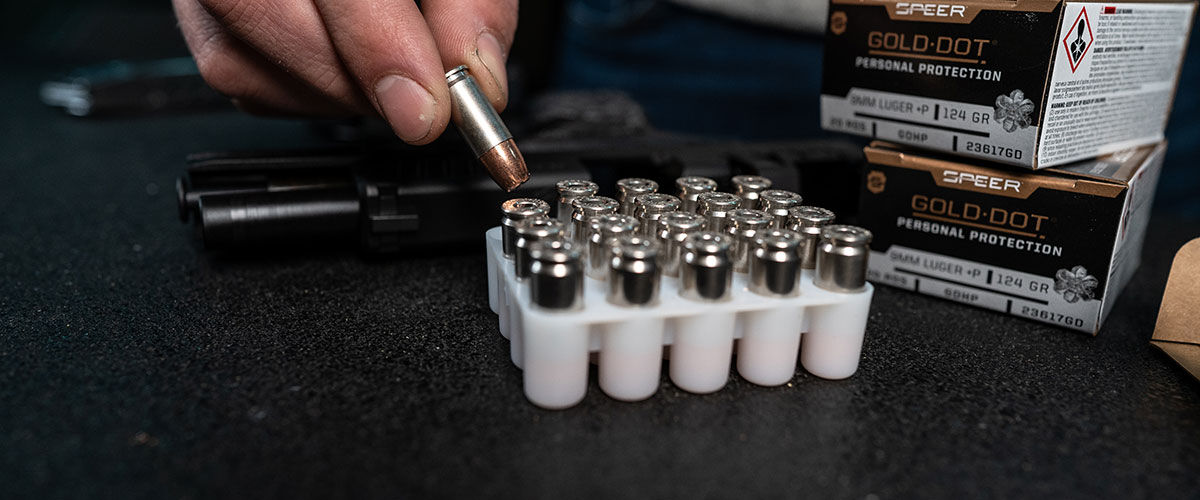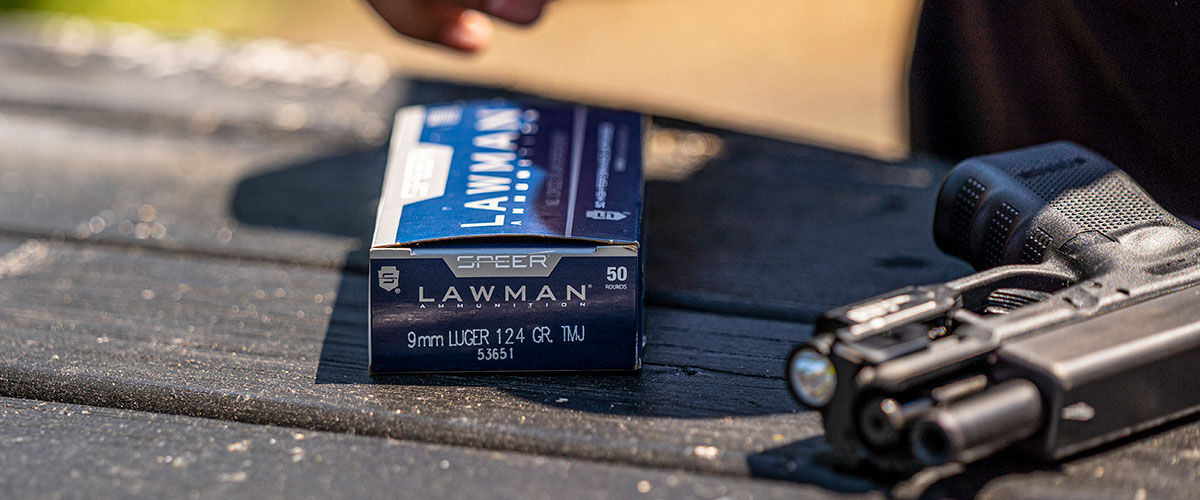
Practice and repetition sharpen any skill, but they’re especially critical for self-defense handgun shooting. Despite good intentions, however, many shooters find it difficult to make time for those much-needed reps. And that prompts a tough question: How much actual live fire should you do to stay sharp and build your handgun skills?
“The simplest answer is as much as you absolutely can,” says Jim Gilliland, a competition shooter and retired U.S. Army first sergeant. “If you’re carrying a firearm for defense, it is truly a life-or-death situation. The more proficient you are, the safer you’re going to be, and the more ready and able you’ll be. This is not like going to the gym regularly to make sure you look good. This is something you’re doing to save and protect actual lives.”
Gilliland likens the importance of self-defense handgun practice to the repetition required of other high-level skills.
“If you had to have surgery, say on your eyes, do you want to go to the surgeon who just does LASIK surgeries when he gets a chance, or do you want to go to the guy who does it all the time and is a professional at it?” he says. “You should use that as a bare measure for your time on the range.”
Make It Practical
Of course, life’s realities often get in the way of live-fire practice. Gilliland says shooters should simply plan regular training sessions and build consistency.
“We understand you can’t go shoot 300 rounds per day every day,” he says. “Most of us are not truly professional shooters. But if it means that much, you should schedule time, put it on your calendar and plan on days to go become proficient with your firearm and your abilities. And when you go, you don’t have to fire hundreds and hundreds of rounds. If you can go regularly and shoot a magazine proficiently in a training environment, that works as well, too. The best bowhunters will shoot 10 to 20 arrows per day as opposed to once a month shooting 200 arrows. The more regular you can practice, the better.”

Gilliland says there are many quality training drills available to shooters, but he prefers exercises with high round counts. Further, he emphasizes drills that help avoid habit-forming “training scars,” such as when a shooter draws, fires two rounds and then immediately returns the handgun to the holster.
“You never want to go back to the holster fast,” he says. “Train to get to your gun fast and get to your target fast, but always be slow to the holster. You’re training yourself for the real-world environment. You don’t want to draw, take a few shots and go back to the holster while the threat is still threat.”
Ammo Choices
Many shooters prefer to train with practice loads, which are generally less expensive than defensive rounds because they’re mass-produced in larger quantities with less complicated, less expensive bullets. That’s great, but Gilliland says you make that practice realistic by using ammunition that has a similar recoil impulse, velocity and point of impact as self-defense loads. For example, Speer Lawman and Lawman Clean-Fire practice loads offer a feel, accuracy and point of impact similar to Gold Dot defense loads, providing very realistic practice. They’re available in calibers from 380 Auto to 45 Auto.
“You need to shoot good-quality practice ammo that functions the same way that your carry ammo is going to function,” Gilliland says. “If you can save some money and shoot very well with standard ammo, great, but you should always come back and shoot a few groups and a few exercises with your actual carry ammo. Not a lot, but on a regular basis, you should cycle the ammo out of your magazine you’ve been carrying and cycle in fresh ammo. It doesn’t matter how well your gun runs with your practice ammo. If it doesn’t function with your carry ammo, it does you no good.”